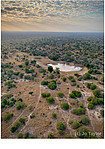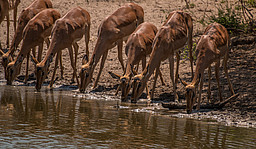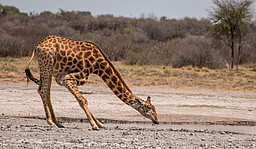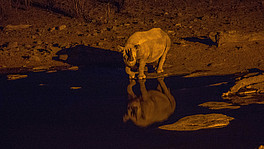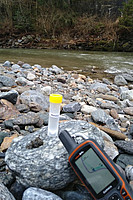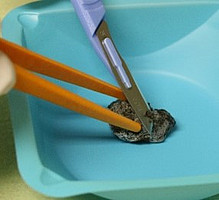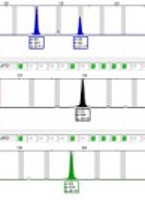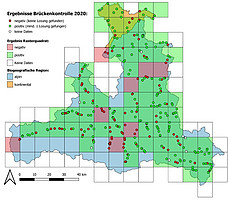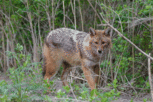Ongoing Projects
The dynamics of environmental DNA in subtropical waterholes – Uncovering the potential of aquatic eDNA to infer African terrestrial mammal biodiversity
Funded by FWF – Austria Science Fund
Biodiversity assessment using aquatic environmental DNA (eDNA) is commonly applied in freshwater systems, with fish, amphibians, and invertebrates being the most commonly targeted populations. The utilization of aquatic eDNA to assess terrestrial mammal biodiversity is just being developed. Waterholes in arid parts of southern Africa represent important agglomeration points for terrestrial mammals, and eDNA released into the waterbody provides an efficient source of information for monitoring mammalian biodiversity in the environment. However, the dynamics of the input, persistence, and spatial distribution of this "terrestrial" eDNA in waterholes is not yet well understood.
This project investigates the spatiotemporal dynamics of eDNA shed by terrestrial mammals into southern Africa’s waterholes and evaluate the potential of eDNA to monitor terrestrial mammal biodiversity. We will assess the eDNA shedding rates of different types of water interaction (e.g. drinking, wallowing) and monitor eDNA degradation in waterholes while evaluating the influence of various environmental factors onto eDNA persistence. We will assess variability in spatial eDNA distribution in waterholes and test whether certain species traits (e.g. water affinity, sociality) affect detection probabilities. Finally, we will compare the sensitivity of eDNA approaches to conventional passive survey methods in these semi-arid systems. Methods: Laboratory experiments will be deployed to assess eDNA shedding rates of terrestrial mammals into water bodies via different types of interaction. For field-studies, three waterholes from a South African reserve will be subjected to extensive eDNA sampling. To track eDNA degradation under natural conditions, in-field mesocosm experiments will be carried out. Furthermore, we will conduct eDNA-metabarcoding and camera trapping survey at the waterholes simultaneously and in a comparative manner. Thereby, we will assess the influence of interaction type and certain species traits onto detection probabilities and detection times, investigate spatial distribution of terrestrial eDNA in the waterhole and evaluate assay sensitivities.
Surveys on the current distribution and population size of the Eurasian otter in Austria.
The Eurasian otter (Lutra lutra) experienced a drastic population decline during the 20th century. Probably due to a combination of hunting, habitat loss and water pollution, it had disappeared from large parts of Austria in the second half of the 20th century. During the 1990s, however, a continuous spread of this mustelid species was documented again. Parallel to the growth of otter numbers, complaints and damage reports from fishery management caused by otters. They see the Austrian fish stocks, already in a precarious situation, additionally threatened by this predator. However, the otter is protected under EU law. In this sometimes very emotionally heated stalemate situation, it is all the more important to base management decisions on scientifically sound data. By means of genetic-based but also conventional surveys we have been surveying the current populations of the otter in the several federal states.
Genetic Golden Jackal Monitoring Styria
The golden jackal (Canis aureus) is a very hidden living Canidae, which is slowly spreading in Austria, probably due to climatic changes. Thus, sightings of the golden jackal are also regularly reported in Styria. In cooperation with the Styrian Landsjägerschaft we are trying to identify potential golden jackal kills of wild and farm animals, as well as to identify the population of origin of the migrating golden jackals in Styria.
